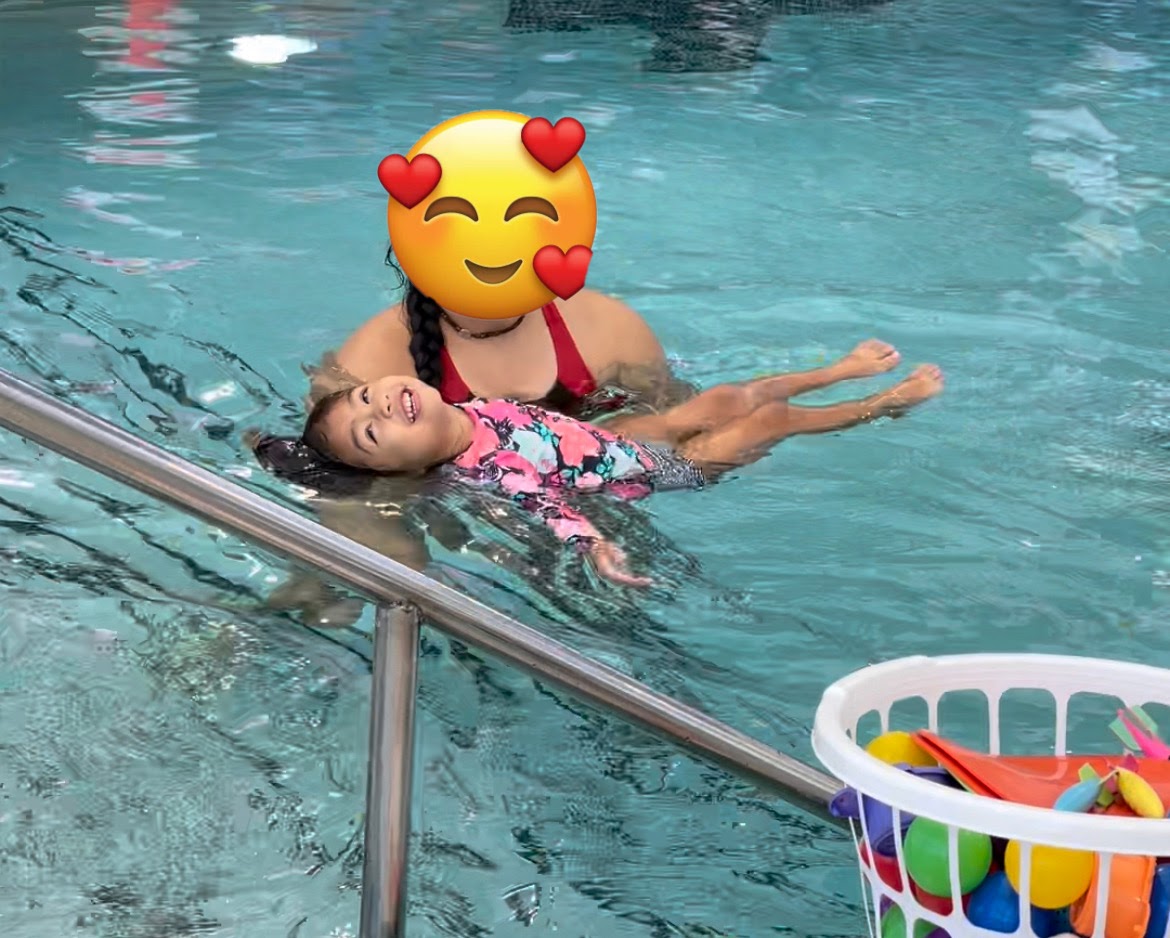I was a late bloomer when it came to swimming and didn’t learn how to swim until I was 8-years-old, the year I immigrated from the Philippines to America. One of my goals as a parent was to make sure that my kids were confident and safe in the water so they began swim lessons at an early age.
Lulu, my youngest, started lessons this spring and now she is in the ‘Water Movement I’ class. Every week for 1 hour, I sit by the pool and watch the class learn to float, safely get out of the pool, and how to kick. It’s as adorable as you think. 
In addition to all the picture-taking, I’ve also been thinking about how the process of learning how to swim is similar to Agile transformations and the development of new Agile capabilities. It may seem like a stretch, but hear me out:
It’s a process
Katie Ledecky didn’t break world records out of the gate her first day in the pool. Likewise, transformations take time, especially if organizations are from traditional project management backgrounds.
Agile transformations are not only about addressing pain points. According to McKinsey, it’s about fundamentally changing how work gets done. It’s a process with steps, stages, and phases that build on one another, much like learning how to swim.
You (probably) need an expert
I can swim but not at the level where I can teach others. A swim coach can spot what they’re doing wrong and know how to help. They know how to deal with a scared or anxious child because they’ve done this before many, many times. In fact, they’ve done this so many times that they know what to expect and can guide you past, and through, common challenges (like swimming into other lanes). Likewise, an Agile transformation partner understands how different skills and capabilities build upon one another. They understand who needs to be involved, at what level, and can plan and orchestrate different activities because they’ve logged the miles and have many experiences to fall back on.
Observe, learn, and improve
When it wasn’t Lulu’s turn, she was supposed to sit down on the steps and watch her friends and teacher. (You can imagine how well that worked with a group of 3- to 7-year-olds!)
There are two main reasons that I could think of for this rule. One, safety. After all, this is a group of non-swimmers so it is critical that they stay in the shallows where it is safe. Two, this provides them with an opportunity to learn from those going before them.
For organizations embarking on an Agile transformation, one approach is to rollout agility in waves, where groups are trained and coached according to a prioritized sequence. This approach allows transformation leaders to learn from the previous waves and use that data to make the next more effective.
A Coach to meet you where you are and can adjust accordingly
In Introduction to Water (the first class of the program), there were kids who were terrified of the water and some who were comfortable. With every child, the teacher adjusted her approach to meet their needs.
Learning something new–like new ways of working–is scary and change is difficult. You need a partner who not only knows where you want to go, but also understands where you are currently on the path to agility. This includes taking into account the organization’s history, biases, dysfunctions, and hesitancies. The right partner or Agile coach will be able to adjust the plan and approach to fit your organization.
It’s time to get in the water
There are many things you can do to prepare for a transformation and assess readiness. However, there comes a point when it’s just time to get in the water. It may not be a cannonball or swan dive into the deep end. It could be baby steps through the shallows or maybe a push from someone or some event. In our transformation readiness webinar, we discuss that there’s no such thing as the perfect time to do a transformation. However, there is a good time for change–and that’s when there is a sense of urgency for change.
As a parent, the sense of urgency for learning how to swim is high (OK, panic mode high). Similarly, as an organization you need to understand the why behind the transformation, which will help you understand when it’s time to take the plunge.
There’s a lot of theory when it comes to Agile but there’s also a lot of concepts and principles that can be related to environments beyond the office. Where have you seen a neophyte jump straight into the deep end? Or…where have you seen a continued unwillingness to get out of knee-deep water? Leave your comments below.



